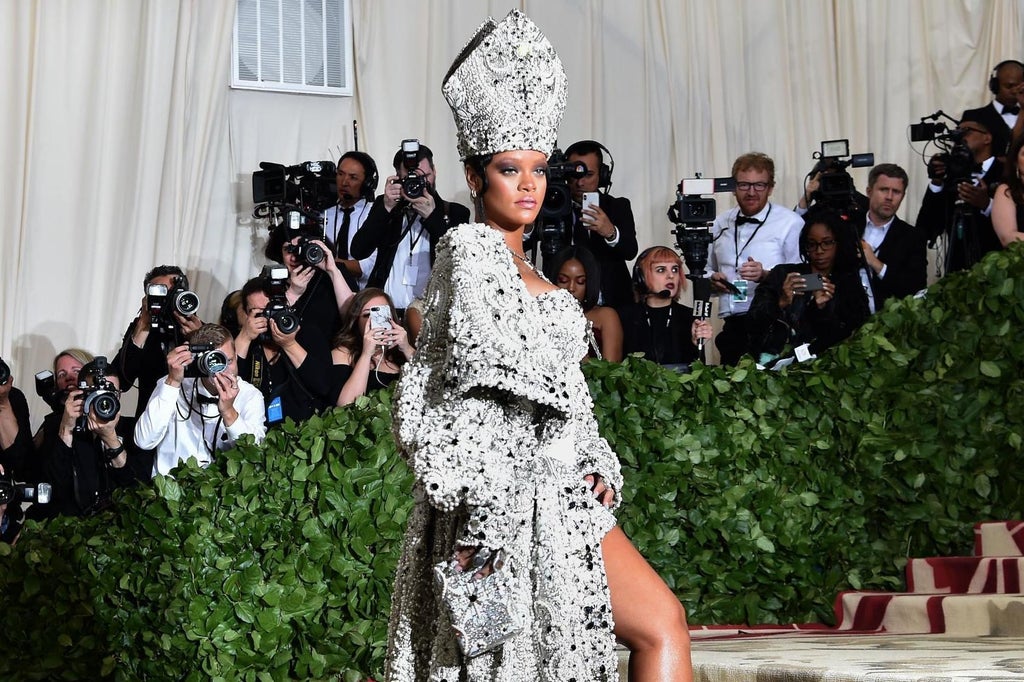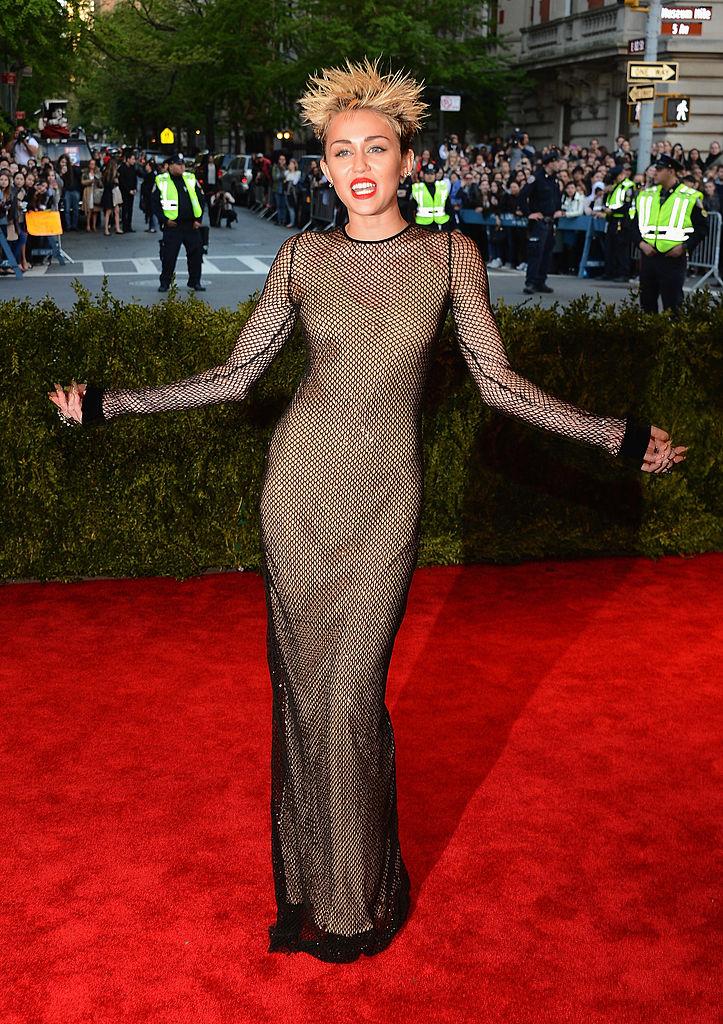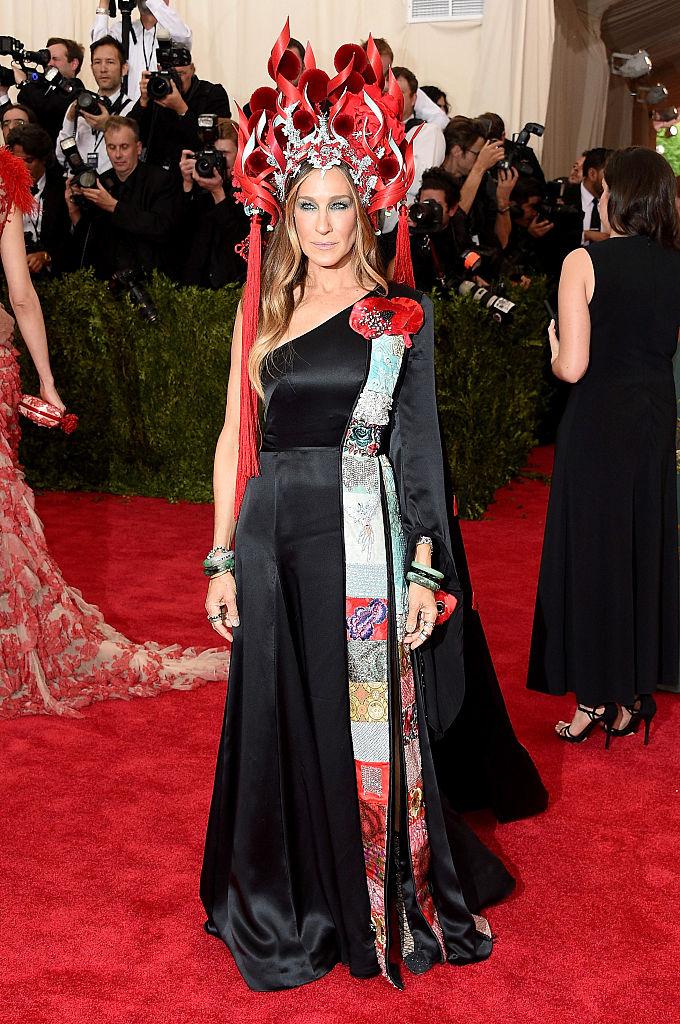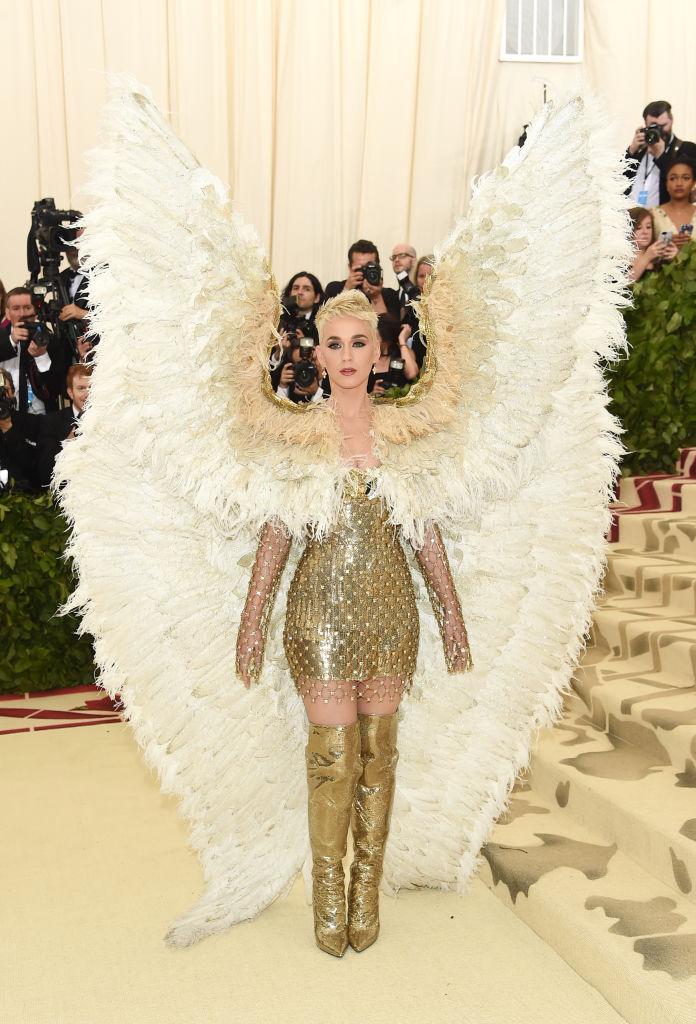
The first Monday in May marks one of the most momentous events in the fashion calendar – the Met Gala.
Held at the Metropolitan Museum of Art’s Costume Institute, the theme of the annual event is always set to reflect the museum’s annual blockbuster exhibition.
While last year’s event was postponed to September due to the Covid-19 pandemic, fashion’s biggest night has returned to its usual schedule for 2022.
This year’s theme is “In America: An Anthology of Fashion”, which is based on part two of an exhibition about the history of American fashion. Celebrities are being asked to honour the “anonymous and unsung heroes of US [fashion] design”.
Part one of the exhibit, “In America: A Lexicon of Fashion”, was the theme of the Met Gala 2021.
The Costume Institute’s head curator Andrew Bolton told Vogue that the upcoming exhibition will delve into the “backbone” of American style.
“Some of the names will be very familiar to students of fashion like Charles James, Halston, and Oscar de la Renta, but a lot of the other names really have been forgotten, overlooked or relegated into the footnotes of fashion history,” he said.
“So one of the main intentions of the exhibition is to spotlight the talents and contributions of these individuals, and many of them are women.”
In the past, the glamorous event has seen its fair share of controversies.
One of few events where celebrities are encouraged to push the boundaries of fashion, each year the Gala inevitably results in polemic discussions surrounding its choice of theme and its sartorial interpretation by A-listers.
Here, we take a look at some of the most notorious themes from the Met Gala over the years.
Punk: Chaos, 2013

A theme that was designed to examine punk’s impact on high fashion since its inception in the early 1970s, “Punk: Chaos” saw stars step out in their edgiest, haute couture looks.
Tapping into punk’s visual symbols, guests were encouraged to throw out the rule book resulting in a series of ensembles that seemingly ignored the boundaries of what the fashion industry deems “in vogue”.
Miley Cyrus presented one of the most show stopping looks of the night, wearing a Marc Jacobs mesh dress paired with spiked hair while Madonna captured the chaos of the movement in a custom Ricardo Tisci blazer dress worn with fishnet tights, black leather gloves and a blunt black wig.
Other provocative looks included actor Sarah Jessica Parker’s mohawk hat, supermodel Lily Cole’s dress made from sustainable Amazonian wild rubber and Beyonce’s Givenchy gown complete with a studded belt, dramatic train and leather corset.
Speaking at the time about why punk was such a bold theme for the Met Gala, designer Tommy Hilfiger said the genre has a “unique culture and distinct style” that’s admired by so many in fashion industry.
“Music of all genres has always been a central influence in my designs,” he said.
“I tend to gravitate more toward classic American rock, but I listen to and love punk rock albums from The Ramones and Blondie.”
China: Through the Looking Glass, 2015

In 2015, the Met Gala chose to celebrate China’s influence on Western fashion with a theme fit for an emperor.
The exhibition was a joint effort between the head of the museum’s Department of Asian Art and the Costume Institute, showing looks from Chanel, Alexander McQueen, and Christian Dior Haute Couture.
However, the announcement was famously met with mixed reactions with many accusing the event of cultural appropriation.
On the red carpet, celebrities dressed in oriental-inspired outfits that nodded to Asian culture but many people took issue with the fact that hardly any guests chose to wear garments made by Chinese designers.
“This is all hugely deviating from Chinese culture. These crooked nut stars are simply throwing on macabre and passing them off as oriental,” one person wrote on Twitter.
Another added: “Foreigners with Chinese style don't fit very well eh?”
The only major celebrity seen to be wearing a gown created by a Chinese designer was singer Rihanna, who wore a now-iconic gold floor length robe created by Guo Pei.
In response to the controversy, Bolton acknowledged said: “What I wanted to show was that China has been quite complicit in the images Western culture has formulated.
“There’s a complexity behind that, and that was interesting.”
Despite the controversy, The New York Times reported that “China: Through the Looking Glass” became the “fifth-most-visited exhibition” in its history.
Heavenly Bodies: Fashion & The Catholic Imagination, 2018

The 2018 divine theme was arguably the Met Gala’s most controversial yet.
Titled “Heavenly Bodies: Fashion & The Catholic Imagination”, the theme was met with some raised eyebrows due to its religious link.
Bolton said the decision to examine Catholic dress came after he explored the relationship between religion and fashion for five years. He was originally intending to look at Islam, Buddhism, Hinduism, and Judaism, as well as Catholicism but said the breadth of subject matter proved to be too much for one show.
On the night, guests wore everything from jewelled crucifixes to halos, while Rihanna donned a mitre and gown inspired by Papal opulence and Katy Perry sported a pair of angel wings.
While the Vatican supported the exhibit, lending more than 40 pieces from the Sistine Chapel sacristy, including opulent papal robes, precious rings and tiaras from the 18th to 21st century, others weren’t as forgiving.
“My religion is not your Met Gala outfit” one person wrote on Twitter, while others accused the guests of cultural appropriation.
Writing for the Daily Mail, Piers Morgan weighed in on the topic suggesting that the Met Gala had “crossed a line and was openly, brazenly disrespectful”.
“Everyone knows they’d have never dared do it to Islam or Judaism,” he added.







